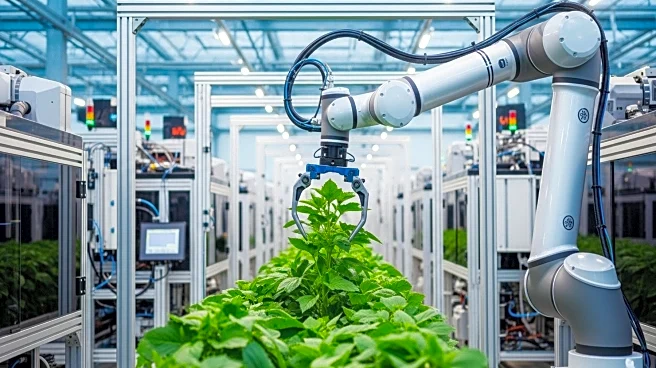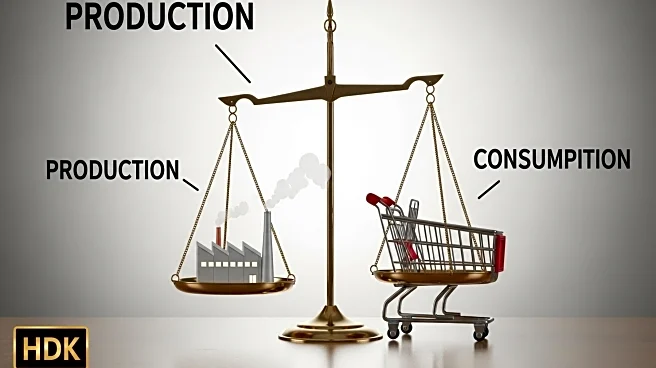What is the story about?
What's Happening?
The U.S. agricultural sector is facing significant challenges as historical lessons from past farm aid policies are revisited. The discussion centers around the effectiveness of government payments to farmers, which have historically been used to address supply and demand imbalances in agriculture. Despite these payments, issues such as surplus production and high input costs persist. The article highlights the 40th anniversary of the first Farm Aid concert, reflecting on past efforts to support farmers. It emphasizes the need to reconsider current policies that may inadvertently harm the agricultural sector by inflating land and input costs, thus disadvantaging smaller farms and new entrants.
Why It's Important?
The ongoing reliance on government payments to support farmers has significant implications for the U.S. agricultural economy. These payments, while providing short-term relief, can lead to long-term issues such as increased land values and input costs, which disproportionately affect smaller farms and new farmers. The article suggests that current policies may not adequately address the root causes of agricultural challenges, such as market imbalances and the need for innovation. This situation underscores the importance of developing more sustainable and effective agricultural policies that support all farmers and promote long-term sector health.
What's Next?
The article suggests that policymakers should explore alternatives to direct payments, such as conservation programs and policies that encourage innovation and adaptation. With the expiration of the Conservation Reserve Program looming, there is a pressing need for new strategies to manage agricultural land use and production. The potential loss of export markets and domestic demand drivers further complicates the situation, necessitating a reevaluation of current agricultural policies to ensure they are responsive to changing market conditions and environmental challenges.
Beyond the Headlines
The historical context provided in the article highlights the cyclical nature of agricultural challenges and the need for policies that are adaptable to changing circumstances. The discussion of past policies, such as the Soil Bank and the Conservation Reserve Program, illustrates the potential benefits of integrating conservation efforts into agricultural policy. This approach could help mitigate the environmental impact of farming and promote more sustainable land use practices.
AI Generated Content
Do you find this article useful?













